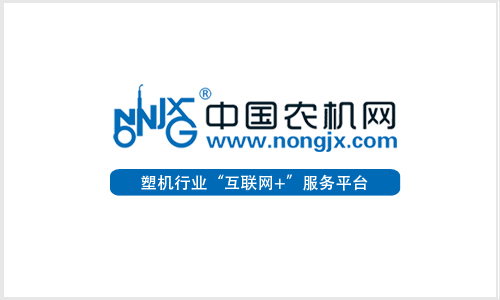
It is high-performance water reducing agent is 3rd generation high-performance water reducing agent. It has excellent comprehensive index. And it is green and environmental friendly product.
It has excellent dispersing capacity. It is especially appropriate for mortar, wear-resistant floor, self-leveling floor and grouting material.
Features and Benefits:
1. Excellent compatibility with various types of cements.
2. High water reducing rate, low dosage, and low slump loss.
3. Low chloride and alkali content, no corrosion to steel-bar.
4. High stability: no precipitation at low temperature.
5. Environmental friendly and nontoxic.
6.Cement paste fluidity more than 250mm,with a dosage of 0.1%.
7.Short delivery time and good sales-after service.
Application:
1.Used in high performance and high strength concrete with high construction requirements.
2.Used in high slump concrete,ready minxed concrete,and pumping concrete.
3.Used in the concrete of high buildings,hydraulic engineering,transport system,port engineering,and municipal engineering etc.
4.Used in other high-lift concrete for specific building.
Mainly Model:DOP,DOA,DINP and DOTP
Phthalate Plasticizer,Phthalic Acid Esters,Concrete Plasticizer,Drywall Plasticizer
HENAN JINHE INDUSTRY CO.,LTD , https://www.hnchromiumoxidegreen.com
